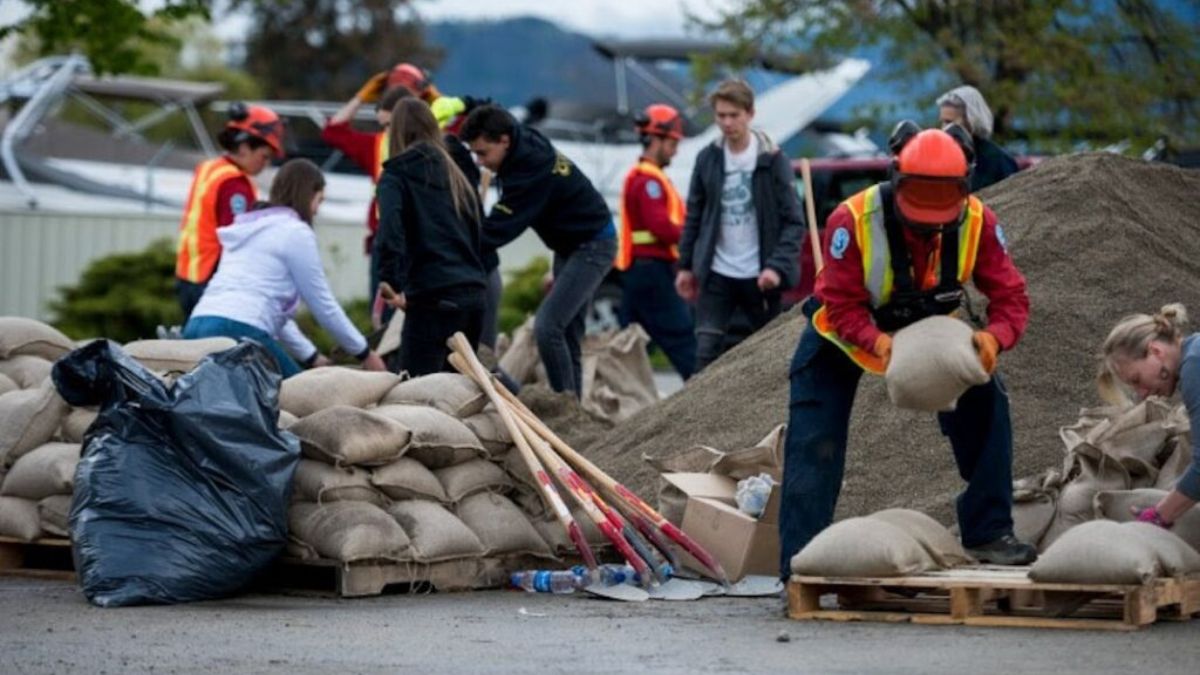Life is full of uncertainties, and managing risks and calamities is an essential part of ensuring safety and well-being. From natural disasters to everyday accidents, being prepared can make a significant difference in how effectively you handle emergencies. This blog post explores essential strategies for managing everyday risks and calamities, providing practical advice to help you stay safe and resilient.
1. Create a Comprehensive Emergency Plan
The foundation of effective risk management is having a well-thought-out emergency plan. This plan should cover various scenarios, including natural disasters (like earthquakes, floods, and hurricanes), accidents, and health emergencies.
Steps to Create an Emergency Plan:
- Identify Potential Risks: Assess the types of emergencies that are most likely to occur in your area or circumstances.
- Designate Meeting Points: Choose safe locations where family members can gather if separated during an emergency.
- Develop Communication Protocols: Establish how you will contact and update each other, especially if phone lines are down.
- Prepare an Emergency Kit: Assemble a kit with essentials such as water, non-perishable food, first-aid supplies, batteries, and a flashlight.
Regularly review and practice your emergency plan to ensure everyone knows what to do in a crisis.
2. Invest in Home Safety Measures
Your home is your sanctuary, but it can also be a source of various risks. Investing in safety measures can prevent accidents and provide peace of mind.
Home Safety Tips:
- Install Smoke and Carbon Monoxide Detectors: Ensure these are placed in key areas, such as bedrooms and hallways, and check them regularly.
- Secure Heavy Objects: Use straps and anchors to secure heavy furniture and appliances to prevent tipping during an earthquake.
- Maintain Electrical Systems: Regularly inspect and update electrical wiring to avoid fire hazards.
- Childproof Your Home: Install safety gates, secure sharp objects, and cover electrical outlets to protect young children.
By taking these precautions, you can reduce the risk of accidents and ensure a safer living environment.
3. Adopt Personal Safety Practices
Managing personal safety involves being aware of your surroundings and making smart choices. Whether you’re at home, at work, or out and about, personal safety practices are crucial.
Personal Safety Tips:
- Be Aware of Your Environment: Stay alert in public places and avoid distractions like looking at your phone.
- Lock Doors and Windows: Always secure your home, even if you’re only leaving for a short period.
- Use Safety Apps: Utilize apps that offer location sharing and emergency alerts for added security.
- Practice Safe Driving: Adhere to traffic laws, avoid distractions, and maintain your vehicle to prevent accidents.
These practices can help you avoid dangerous situations and enhance your overall safety.
4. Prepare for Health Emergencies
Health emergencies can arise unexpectedly, making it important to be prepared for medical issues.
Health Preparedness Tips:
- Maintain a First-Aid Kit: Keep a well-stocked kit at home and in your car, including bandages, antiseptics, and over-the-counter medications.
- Know Basic First-Aid Skills: Learn how to perform CPR, use an EpiPen, and address common injuries.
- Have a Health Care Plan: Regularly update your health insurance and keep records of important medical information, such as allergies and medications.
These steps ensure that you can respond quickly and effectively to health-related emergencies.
5. Stay Informed and Educated
Knowledge is a powerful tool in managing risks and calamities. Staying informed about potential risks and educational resources can significantly enhance your preparedness.
Ways to Stay Informed:
- Monitor Weather Alerts: Stay updated on weather conditions and warnings through reliable sources like weather apps or local news.
- Attend Safety Workshops: Participate in community workshops on emergency preparedness and first aid.
- Follow Safety Guidelines: Adhere to guidelines provided by organizations such as the Red Cross or local emergency services.
By staying informed, you can anticipate and respond to potential risks more effectively.
6. Create a Financial Safety Net
Financial preparedness is an often overlooked aspect of managing risks. Unexpected events can strain your finances, so having a financial safety net can alleviate stress during emergencies.
Financial Safety Tips:
- Build an Emergency Fund: Save three to six months’ worth of expenses to cover unexpected costs.
- Get Adequate Insurance: Ensure you have appropriate coverage for health, home, auto, and life insurance.
- Plan for Disasters: Consider specialized insurance policies for natural disasters, such as flood or earthquake coverage, available through Bear River Insurance in American Fork.
Having a financial cushion helps ensure that you can manage the costs associated with emergencies without additional stress.
Conclusion
Managing everyday risks and calamities requires preparation, vigilance, and proactive measures. By creating a comprehensive emergency plan, investing in home safety, adopting personal safety practices, preparing for health emergencies, staying informed, and building a financial safety net, you can enhance your resilience and ensure your safety in various situations. Remember, preparedness is not just about reacting to emergencies but also about taking proactive steps to mitigate risks and protect yourself and your loved ones.
